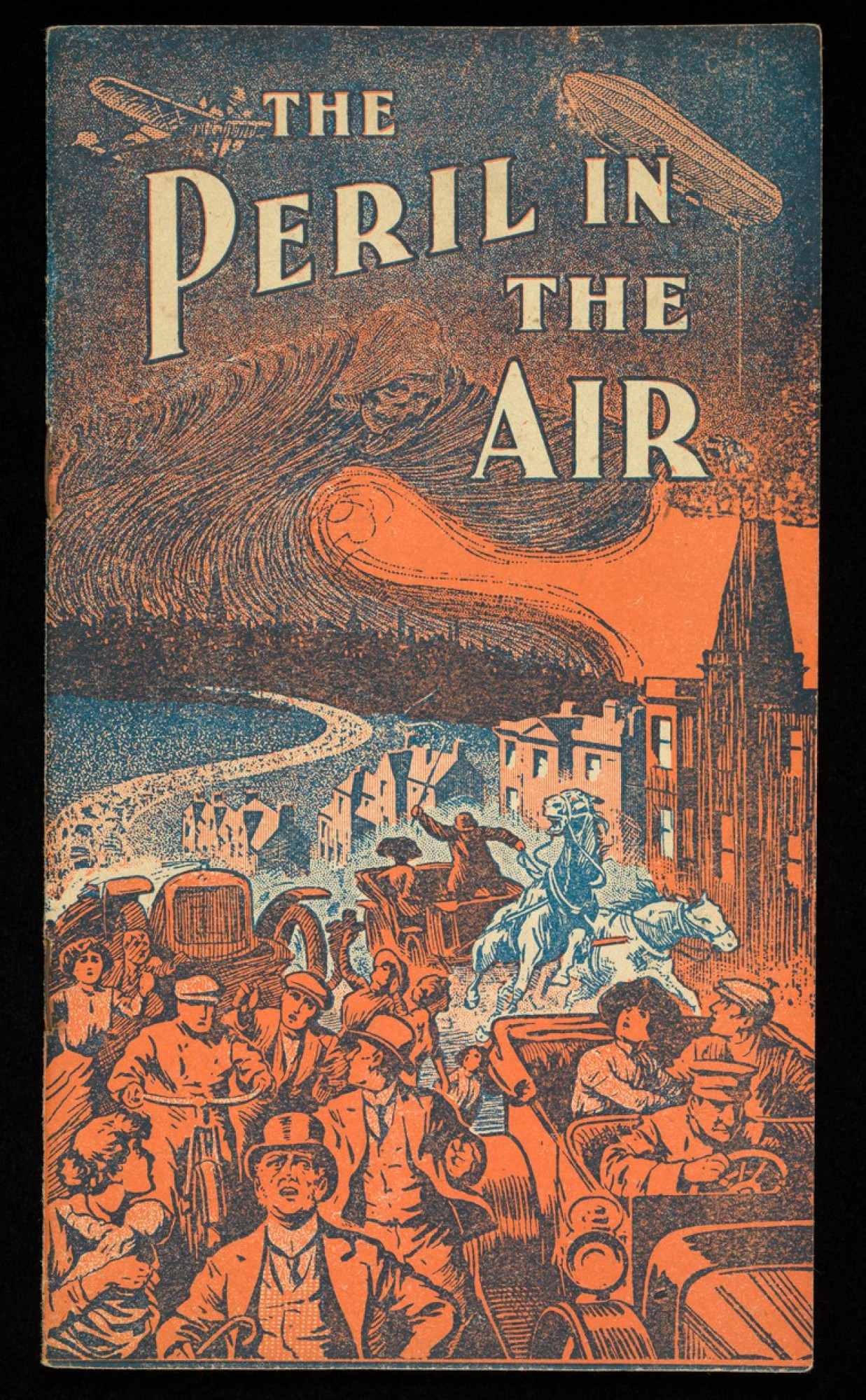On Friday I went to a meeting in Worcester entitled Bovril, Whiskey and Gravediggers: Spanish Flue epidemic in the Midlands 1918-1920. Hannah Maudsley (Imperial War Museum), Prof Maggie Andrews (Cultural historian ), Laura Robson-Mainwaring (George Marshall Medical museum) and Dr Emma Edwards (research chemist at Univ. Worcester) spoke. Although summaries of reports on the Midlands were presented, and these were interesting, the meeting was largely really about the pandemic generally.
The flu epidemic began in 1918 while WW1 was still taking place. It is not clear where it started, some say an army camp in the US , but the only thing that is pretty certain is that it was not Spain. Because of the war and censorship of things that might be of use to the enemy, initially the event was not reported thoroughly in most countries, but Spain was neutral and so it was reported thoroughly there , thus, from news report it seemed to be far more prevalent there, and that is why it got that name. Exactly how many people died is not clear, both because of its effects often being recorded on death certificates as something else. In addition post-mortems were rarely carried out, in part because of the numbers affected. At the time many "causes" of the disease were put forward - a form of Trench Fever, Lice, dirty conditions, overcrowding. A film of the time on what you should not do is at
https://player.bfi.org.uk/free/film/watch-dr-wise-on-influenza-1919-online
Many commercial cures were promoted also. Bovril, OXO, commercial mixtures of unknown composition, and aspirin. It has been suggested later that very large doses of aspirin might have had an effect on worsening the disease.
Many of the deaths were not from the flu infection itself, but from secondary bacterial infections ( viruses had not been definitely identified and the exact cause of flu was not known). However , although the death rate was "only" 2.5%, this was relative to <0.1 % for normal flu. The disease was more virulent and rapidly (often within a day from first symptoms) the lungs were blocked with fluid and the victim suffocated and died. Also, unlike other flu episodes (including an earlier "Russian " flu pandemic of 1889) where the young and the elderly are most susceptible (because of , respectively, lack of build up of immunity and partial decay of immunity) , in the Spanish flu a large proportion of cases were in the ages between this . this , of course, meant that active men (and women), important to the war effort, were especially susceptible. However there seems to be agreement that at least 50 million people, worldwide, died in the pandemic - in each of the countries concerned far more than those killed directly in WW1. It should be emphasised, though, that 95% of victims did not die.
The disease was no respecter of position and hit all classes equally, though responses to it could be slightly different. There is a report of a sad announcement at a school in the Midlands of deaths of some members, greeted in silence, followed by the reporting of the death of the headmaster, when cheering was observed ! The official response to the disease was to try to prevent large public gatherings, cinemas, theatres etc. The speaker did comment that perhaps the measures were more aimed at the lower classes and churches and the like were relatively left alone.
The West Midlands, being the heart of the armaments industry, together with many other industries important to the war, was badly effected, Birmingham being the first area in the UK after London, to be affected. This was probably because the disease spread was helped by the railways, where Birmingham was a hub .
Dr Edwards was concerned mainly with the scientific aspects of the disease, then unusual age distribution of those most affected, the cause of the differences and more recent work, Recently the viral structure has been determined from excavated bodies frozen in permafrost, and the virus has been successfully manufactured in the laboratory and tested on ferrets (much to the concern of a ferret lover in the audience. Apparently ferret lungs are the most similar to human ones for respiratory investigations. It had a very different structure to more recent flu types , and probably ly to the "Russian" flu of 1889. However it has been found that modern flu vaccines protect from infection by this organism. Also, nowadays, antibiotics are available for secondary infections, and there is constant surveillance on outbreaks to ensure any new type developing is discovered speedily





